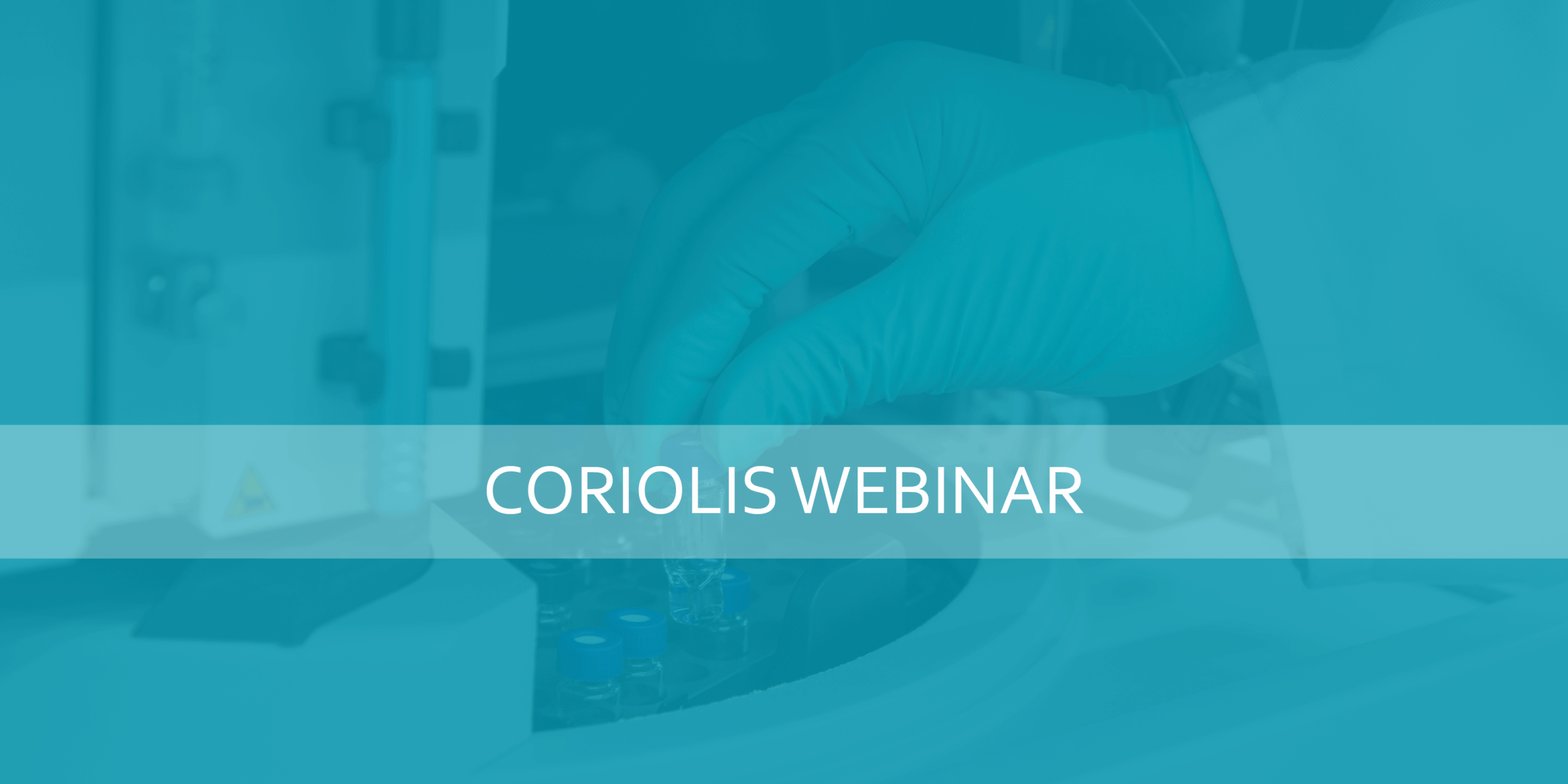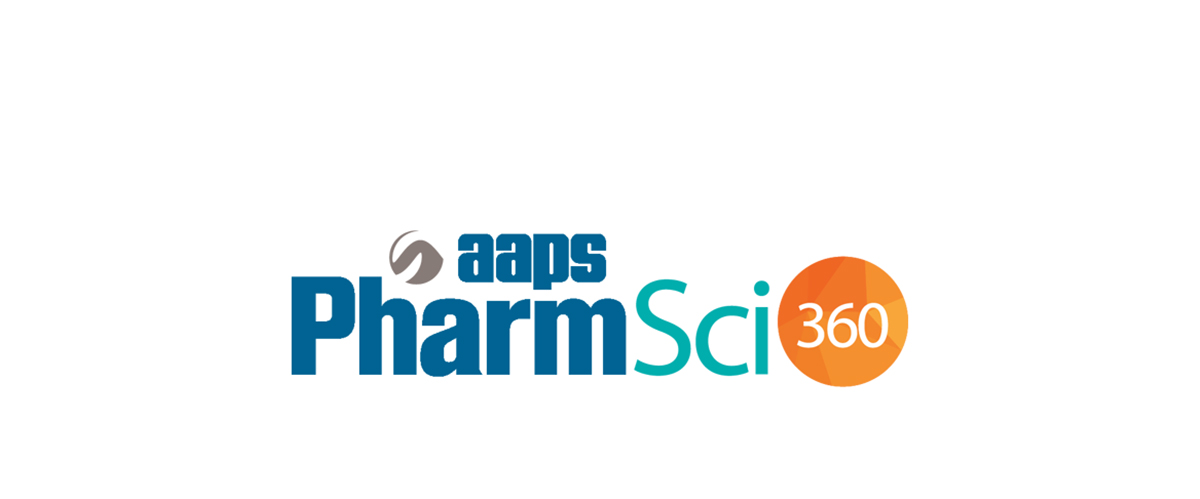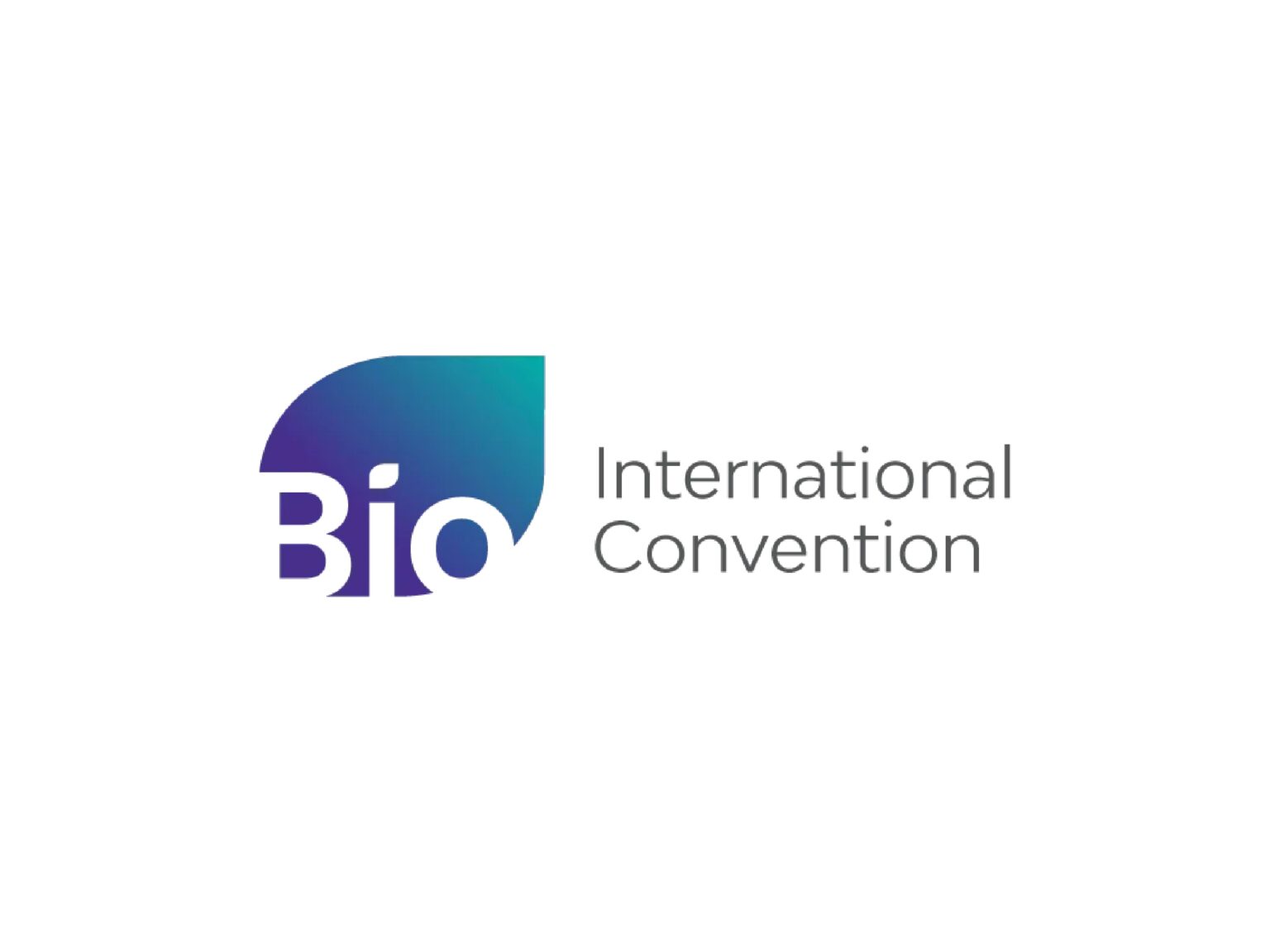Subvisible Particle Analysis: Ensuring Quality from Lab Bench to GMP

Note: This is the recording of a live webinar hosted on November 18, 2025. For any questions please reach out in person to our team.
Strategies for Regulatory Compliance, Method Validation, and Variability Control
The quantification of subvisible particles is a critical aspect of ensuring the safety, efficacy, and overall quality of pharmaceutical products. These particles may originate from extrinsic sources, e.g., environmental contaminants or manufacturing equipment, or be intrinsic to the formulation itself. Their presence can pose significant risks to patients, including immunogenic responses, infusion-related reactions, or diminished therapeutic efficacy. Consequently, regulatory authorities expect routine monitoring and control of subvisible particulate matter as part of pharmaceutical quality control, with defined acceptance criteria for particle size and concentration.
In some cases, subvisible particles are an inherent part of the product. In these instances, precise characterization of particle size distribution, morphology, and concentration is essential to ensure product consistency, biological performance, and patient safety. Any temporal changes in particle attributes may indicate physical instability or degradation processes, making subvisible particle analysis a sensitive and informative stability-indicating parameter. Accordingly, having a robust and precise analytical method for subvisible particle characterization is critical at all stages of the pharmaceutical product lifecycle, spanning from early development to release of clinical or commercial batches.
In this webinar, we will present a case study highlighting the challenges involved in establishing a precise method for (inherent) subvisible particle analysis and its transition from development in an R&D setting to validation in a GMP-compliant environment. We will discuss regulatory requirements, workflows, and quality considerations involved in moving from R&D to GMP. The case study will highlight sources of result variability—such as the selected analytical method, sample preparation procedures, equipment, operators, or combinations thereof – and offer guidance on how to control these factors and improve method performance.
Addressed challenges
- Different regulatory expectations for analytical methods in R&D vs. GMP: workflows, communication, and audit readiness
- Extensive documentation during experimental planning: a time-consuming but critical element for ensuring successful validation
- Variability caused by equipment performance and operator differences
- Uncertainty in measurements leading to considerable misestimation of results when samples undergo dilution.
Learning Objectives
- Learn about essential regulatory requirements for initiation of contract testing activities under GMP, like contractual definitions of responsibilities and formal qualification of the GMP laboratory.
- Understand the differences in quality requirements during the transition of analytical methods from R&D to GMP
- Learn about regulatory requirements for validating analytical procedures for the quantification of subvisible particles
- Identify common sources of variability in subvisible particle analysis and explore strategies to mitigate them



